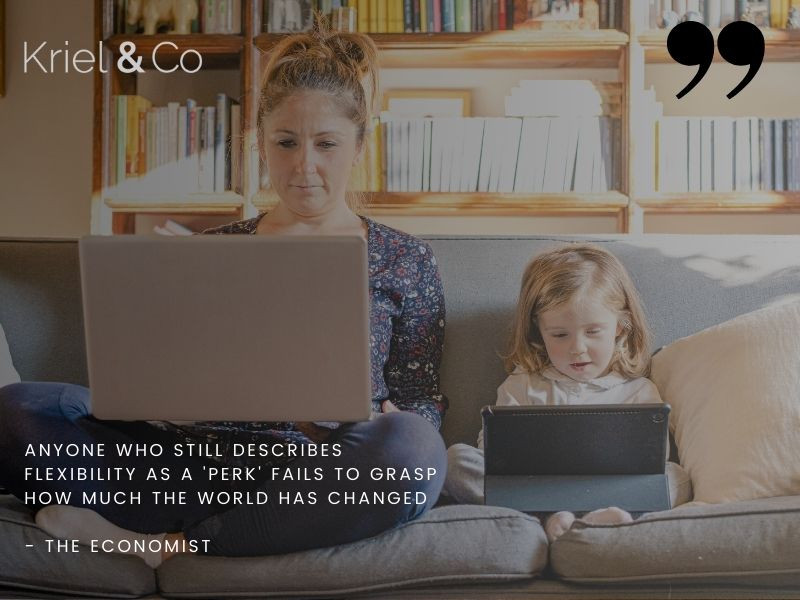Thrive in the new normal – here’s how to become truly agile
19 May 2020
Over the past couple of months organisations have been busy. They’ve adapted to a new way of working, overcame productivity challenges and fostered a “new normal” in which to operate remotely, and optimally.
Now that many organisations addressed their immediate response to the global health pandemic, remote working has already been established as the way forward supported by the relevant technology or digital services.
However, organisations must now approach the next phase of change, which is looking towards the future. This requires a shift in thinking equal to the response to the initial change COVID-19 required. The initial focus was on recovery, remote working capabilities and operational sustainability. All of these capabilities now need to translate into an ongoing business strategy that is both agile and adaptable.
Adapt your value proposition
Some organisations are still posting images of employees working from home on their social media platforms, but the reality is that most employees have adapted to this change several weeks into lockdown. Nearly two months into the new normal, this is old news. Merely communicating to clients that we are able to serve them from anywhere is not a strong enough value proposition to communicate. For those who can operate at the appropriate level of legislation it is now a basic expectation – much like the ability to connect to a virtual meeting.
With the South African government’s phased framework for economic recovery being a reality, leadership teams should already have considered undertaking a strategic approach to better prepare the organisation for the next 12 to 18 months. This goal should go further than merely adapting. The conversation now should be about how improved agility will see organisations rise above further anticipated surprises that living in a pandemic era may bring. More than ever organisations need to re-evaluate their standing and value proposition to the market.
The value of an ‘inverse’ SWOT analysis
Adapt the age-old framework, the SWOT analysis, when re-considering your value proposition. Start with weaknesses.
- Weaknesses: How has COVID-19 impacted negatively on our current way of operating and value proposition? How has our ability to deliver value to clients and stakeholders been impacted? Focus specifically on aspects of the value proposition that cannot be successfully undertaken via a remote working approach.
- Opportunities: A quote from Winston Churchill resonates with us: “Never let a good crisis go to waste”. Seek out the opportunities that a post-pandemic world may offer. Questions to ask during this part of the exercise include ‘how have the needs of our clients or customers changed?’ or ‘how can our value proposition be adapted or altered to better respond to the changing market needs?’ Consider how you are able to turn the identified weaknesses into opportunities. Some organisations may even discover completely new value propositions or re-align their existing supply chain to deliver a different product or service compared to before.
- Strengths: What are relevant value propositions that may be important to clients right now, and what key internal competencies do the organisation possess currently that enable us to potentially introduce these newly adapted value propositions? Consider a lean approach by utilising as much existing technology or capabilities as possible. For example, revamping your entire website will take time – but introducing a new microsite, in addition to the app or pop-up offering may be more cost and time efficient.
- Threats: What are the anticipated threats one to three months from now that may impact our ability to deliver the adapted value proposition? Is our updated value proposition flexible enough to absorb or divert potential threats on the horizon?
Strategically sustain your agile value proposition
Undoubtedly, COVID-19 has changed the world of business as much as it has changed the way we interact with each other. More significantly, it has accelerated the pace of change within organisations as they adopt new technology and ways of working.
Successful medium to long-term planning should be realistic, and strategic. The organisation’s goals can only materialise if the organisation can handle the pace of change. Being honest with what your leadership team, and staff, can handle will help to ensure a sustainable pace of change.





